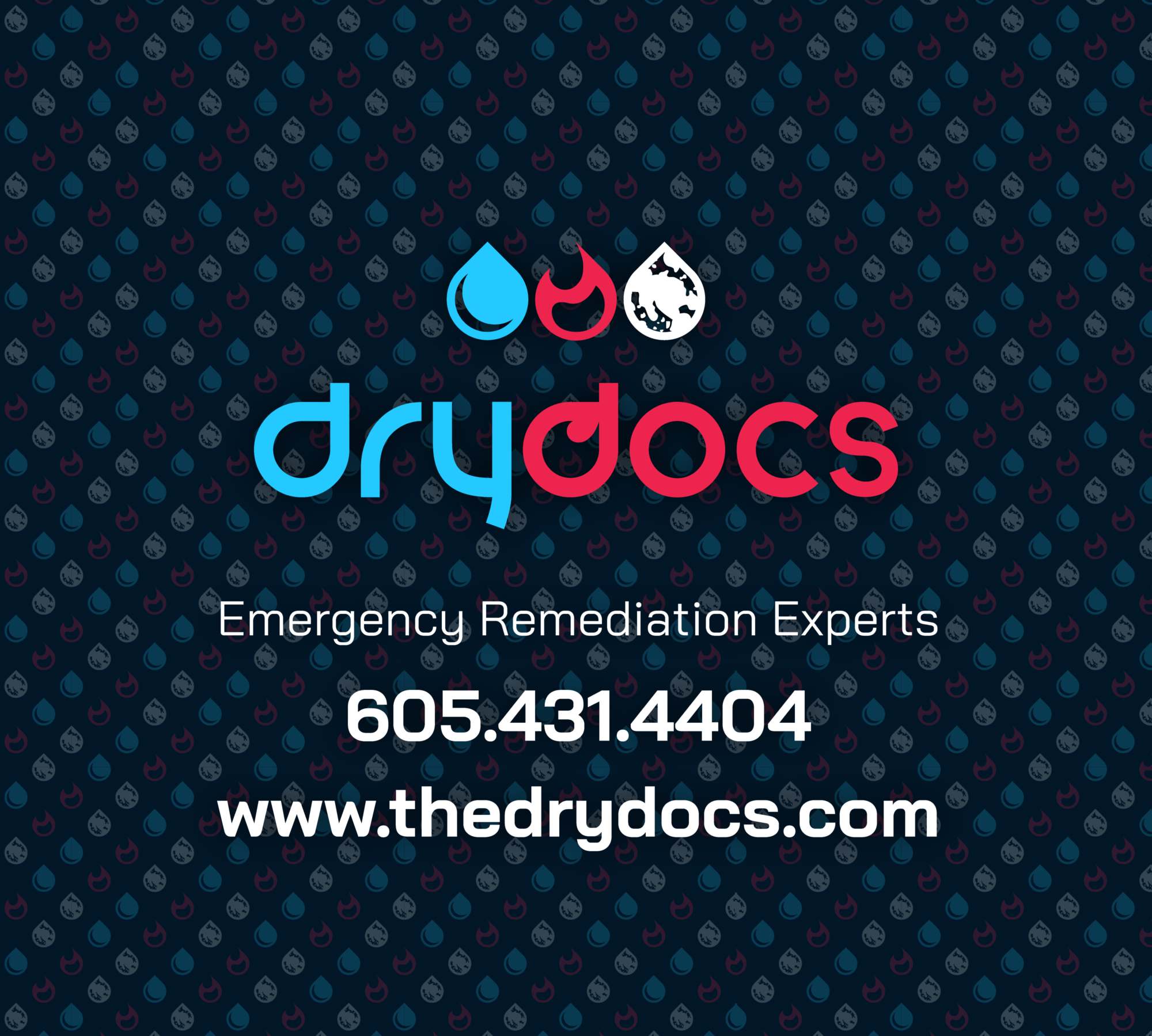Mold Remediation
Studies show that more than 50% of homes and more than 85% of commercial buildings in the U.S. have water damage and mold. Mold spores are detectable in almost every single home, and are present virtually everywhere in the outdoor environment. Chances are good that mold is hiding somewhere in your home or office already. Many times water damage and flooding only serve to feed the mold that is already present, allowing it to grow and branch out into new areas of your living space.
